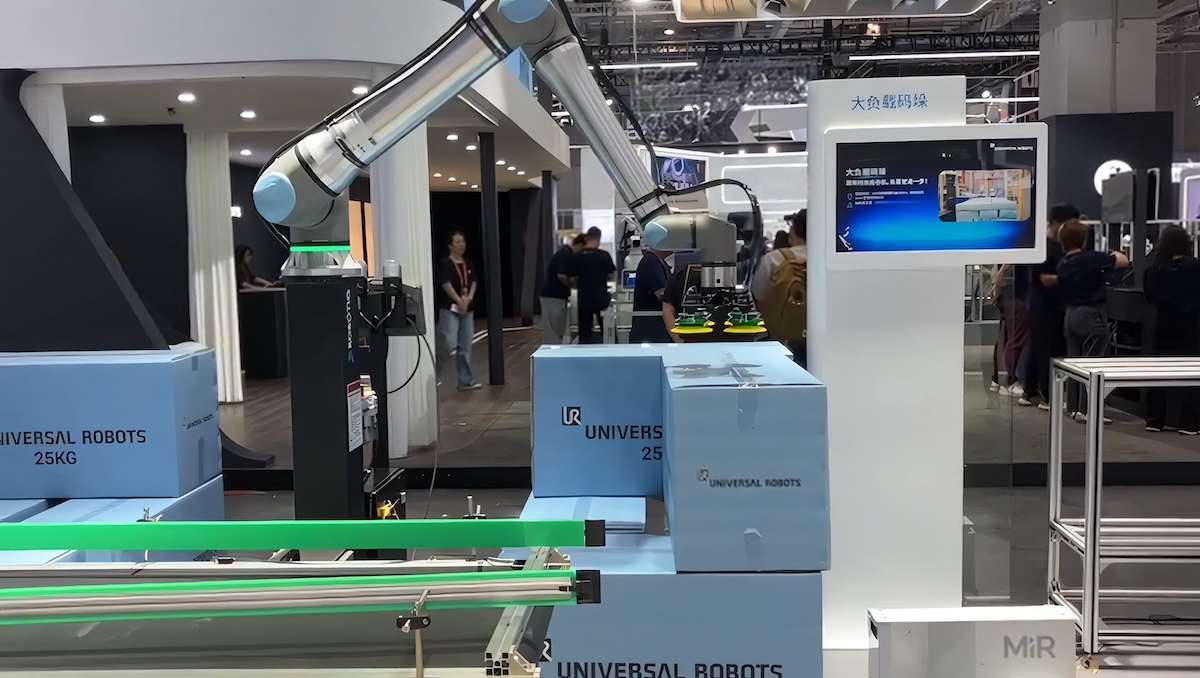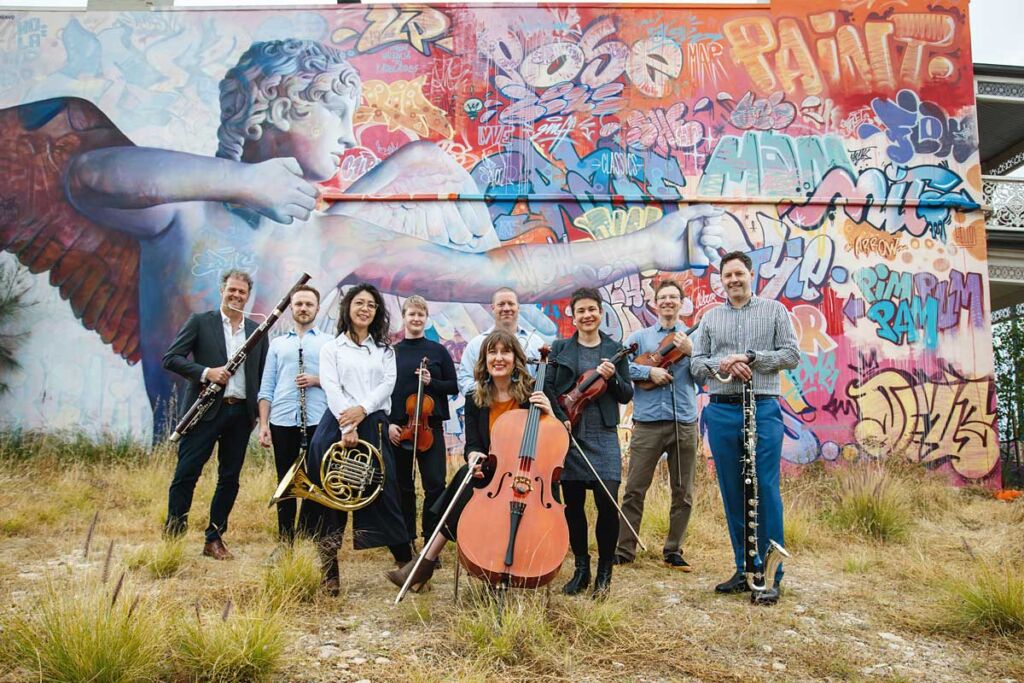It is a rare treat to encounter a high-calibre Chinese orchestra in Sydney. A visual and sonic feast with the performers elegantly clad in simply-styled changshan (modern period robes), this concert included a collection of contrasting works written for...
It is a rare treat to encounter a high-calibre Chinese orchestra in Sydney. A visual and sonic feast with the performers elegantly clad in simply-styled changshan (modern period robes), this concert included a collection of contrasting works written for the Chinese orchestra within the last 40 years.

With a deep tam-tam roar, we are transported to the scene of a military homecoming in the well-known Song of the General. An ancient tune from the luogu (wind and drum) genre, this magnificently arranged composition is in Chinese operatic style. Strident and proud, the bombastic suona (double reed pipe) and percussion motifs channel the distant past through Peng Xiuwen’s arrangement in a performance that is fresh and revitalised with elements of traditional heterophony supplemented by intricate contrapuntal textures.
A more contemporary exploration of counterpoint and modal harmonies may be found in Essence, the final movement of Ng Cheuk-yin’s prize-wining work, Ji. This tai chi-inspired movement begins with a yangqin solo which is gradually supported by the winds, bowed and plucked strings. The yangqin is a hammered dulcimer of Persian antecedence; its Chinese development included the use of thin bamboo beaters through which the smallest subdivisions may be achieved.
Soloist Lee Meng-hsueh is a master of precision, bringing the piece to a climax with the most rapid tremolo strokes I have encountered. After a mesmerising dizi (bamboo flute) solo, the orchestra unexpectedly begins to hum the main yangqin theme, a most memorable experience.
Silk Road Fantasy Suite is a concerto for guan (double read pipe), which closely resembles the duduk from Armenia. The piece explores China’s centuries-long connection with the Middle East through a collage of ‘oriental’ modes and rhythms. Soloist Ma Wai Him is stunning in his delivery of the virtuosic guan line, which is technically challenging in the various moods conveyed.
Of particular interest is Movement 4 The Dream of Loulan, a quasi-double concerto with Fu Zifei playing the guzheng (21-stringed zither).
Here, Ma engages in an Arabic-sounding mode while Fu’s guzheng strings are tuned to the notes E-F-A-B-D, creating an intellectually stimulating bi-modal experience. The mood is seductive and lilting, at times soporific.
The Dance of Qiuci begins with an explosion of energy in which an Iranian-Turkish inspired frame drum is featured above the gehu (hybrid erhu-cello and double bass) pizzicato line within a flurry of rhythmic activity.
I was impressed by HKCO’s continued development of the gehu (hybrid erhu-cello) and its stance on animal protection through championing the eco-huqin (bowed fiddle) series, which employs synthetic rather than snake-skin resonators.
The second half of the concert begins with five excerpts from Wang Liping’s Dream of the Red Chamber Suite, commissioned by HKCO in 1988.
Based on the iconic 18th century Chinese novel of the same name, the composition opens with a sheng (mouth organ) solo followed by a romantic tutti. Not often heard in the Chinese orchestra is the sanxian (3-stringed lute), which features in the section titled Grannie Liu. A similar drum and gong passage from the start of the concert is heard in The Lantern Festival with a recurring suona and sheng (mouth organ) motif.
In Burying the Flowers, we return to the luscious orchestration of the opening with a soulful erhu (2-stringed fiddle) solo performed by concert master Mao Qinghua. Interestingly, the score includes a vibraphone which adds a magical touch to the dreaminess of this composition.
Composed in 1984, Terracotta Warriors by Peng Xiuwen is a fine display of orchestral technique and performance stagecraft.
In this composition, one might marvel at the large cohort of suona (double reed pipes) in all ranges which seems to cover both double reed and brass functions in the western orchestra.
Peng makes full use of this cohort alongside a full complement of sheng (mouth organ). What follows is a timbral and modulatory adventure through various instrumental solos from the liuqin (Chinese mandolin) and zhonghu (alto bowed fiddle) to the ghostly xun (ocarina).
According to HKCO Executive Director Dr Celine Chin, this piece intimately captures the dialogue between a husband and wife prior to the husband’s departure in the army particularly through a woodblock motif. Most importantly, Terracotta Warriors is not so much about war, but focuses on the soldiers’ cry for peace and a longing for home. It is this focus on peace that dictated artistic director’s Yan programming of the concert.
To end the evening was an expected gesture of generosity through not one but two encore pieces: a medley of three brilliantly orchestrated Christmas carols (Joy to the World, Silent Night and Jingle Bells) followed by the theme song of the kungfu TV series Legend of the Condor Heroes (1983), a timeless classic and signature encore piece of the HKCO.
Ausfeng has once again produced an excellent display of Chinese culture in Australia, this time in collaboration with the China Arts and Entertainment Group. Under the expert leadership of conductor Rupert Woo Park Tuen, the concert sits in the liminal space between tradition and innovation, showcasing what Chinese instruments in their modernised forms can do while demonstrating the potential for future cross-cultural collaborations.

The post Image China Concert (Hong Kong Chinese Orchestra) appeared first on Limelight.









